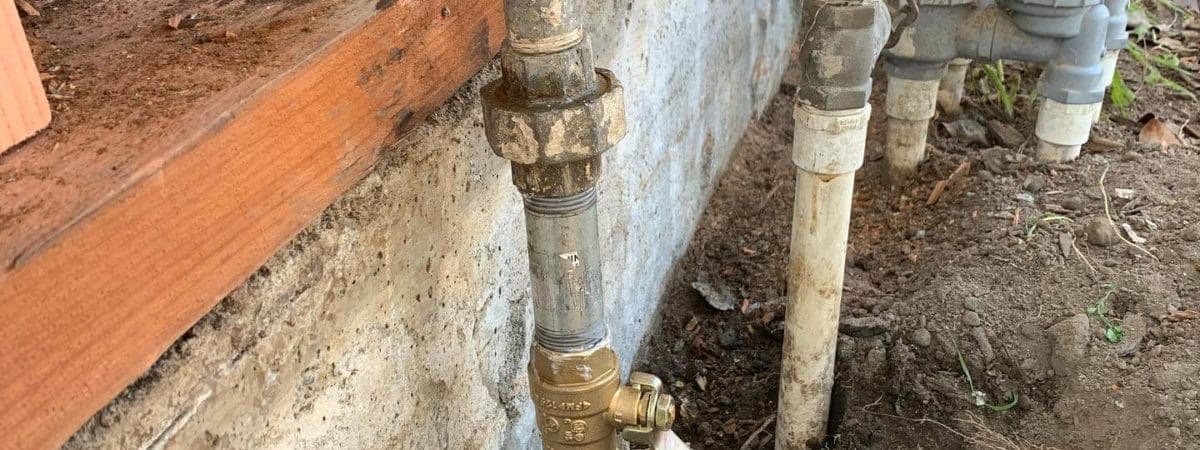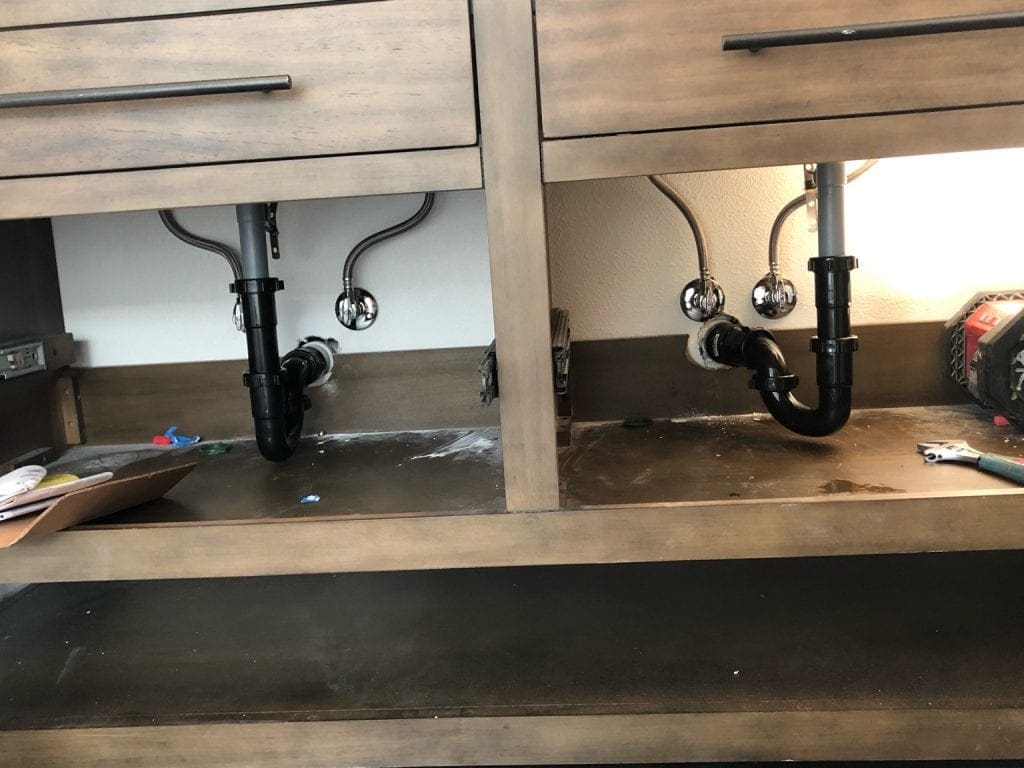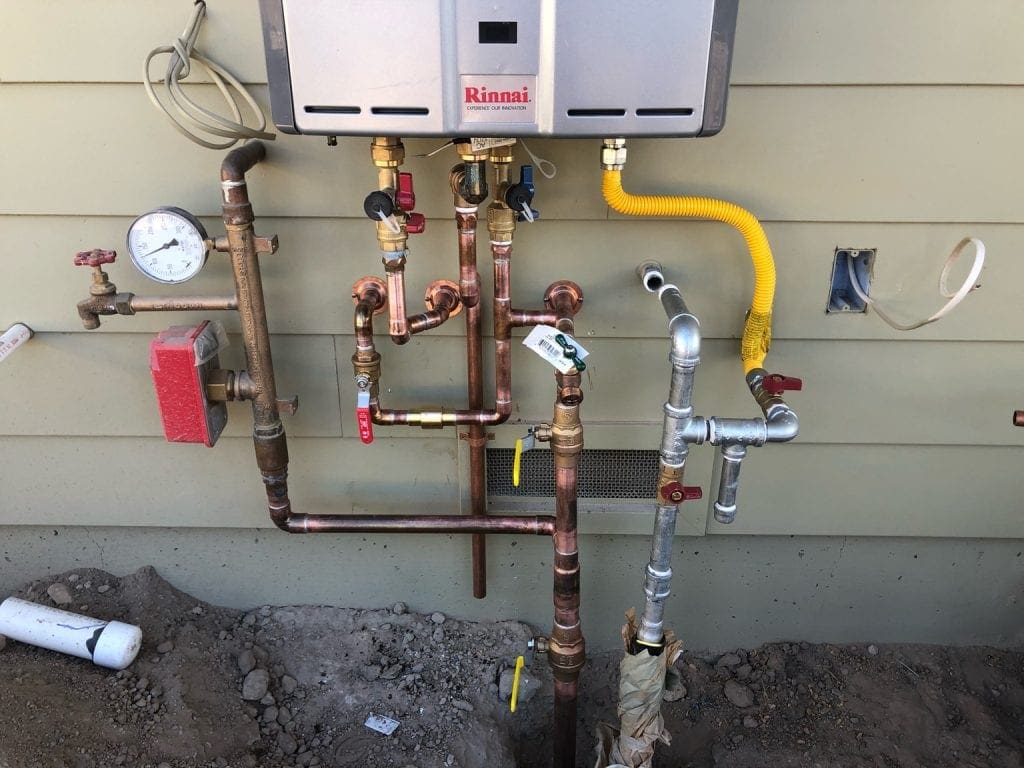A residential main water line is an often neglected, but absolutely critical component of a home’s plumbing system. As the pipe that carries water into the home, the main water line undergoes constant use. If any problems develop in the line, they could disrupt service, inflict serious property damage, and, in some cases, lead to significant health hazards.
Since the main water line is typically buried, it’s difficult to assess the pipe’s condition on a regular basis. In most cases, adopting an “out of sight, out of mind” attitude is perfectly reasonable. Depending upon what the pipe is made of, water lines will usually last anywhere from 20 to 100 years. Many people will live in the same home for decades without even knowing where the line is located!
How To Know When You Have a Break
Drop-in Water Pressure: As the pipe that brings water into the home, any break or clogs in the line will usually result in less water making its way through to fixtures and faucets. Isolated drops in pressure, affecting only one shower head or sink, might indicate a problem with the lines somewhere inside the home, while a uniform drop in pressure that affects the entire home most likely indicates an issue with the supply line.
Higher Water Bills: A very minor leak may not be enough to significantly affect water pressure, but since water is constantly running through the line, it will lead to substantial waste over time. If water bills are consistently higher than normal and the usual culprits (leaky faucets, damaged sprinkler systems, etc) have been eliminated, it may be time to inspect the main water line.
Pools of Water in the Yard: Ranging anywhere from a wet patch of unusually vibrant grass to a muddy fountain springing up from nowhere, this is the most obvious (and serious) indication of a water line break (or if it’s accompanied by a foul stench, a sewer line break). Even if water pressure within the home isn’t seriously affected, this problem should be addressed immediately. Water seeping into the soil around the pipe will gradually loosen it and turn the yard into a swampy morass. In addition to driving water bills through the roof, the mud is an ideal breeding ground for insects and can lead to more serious problems with the home’s water supply.
Contaminated Water: Cracks and breaks in a water line can allow dirt and debris to flow into the water moving on to the house. These foreign materials often contain toxic chemicals and can create a breeding ground for bacteria once they’re in the home’s water lines, posing a serious health risk to everyone inside. If the water coming from the faucets has a grainy texture, a strange smell, or looks unusually cloudy, it’s very possible the main water line has been compromised in some way.



